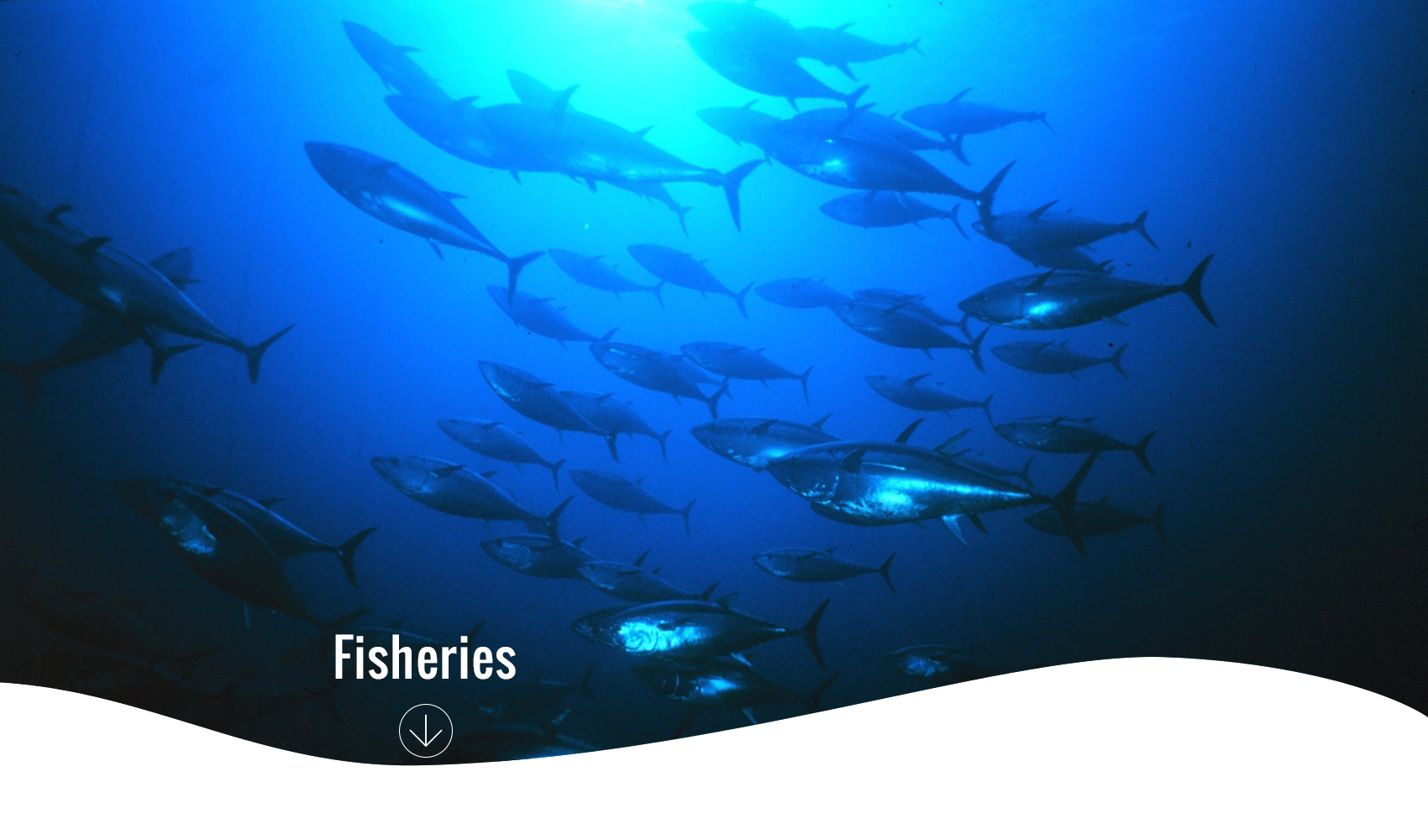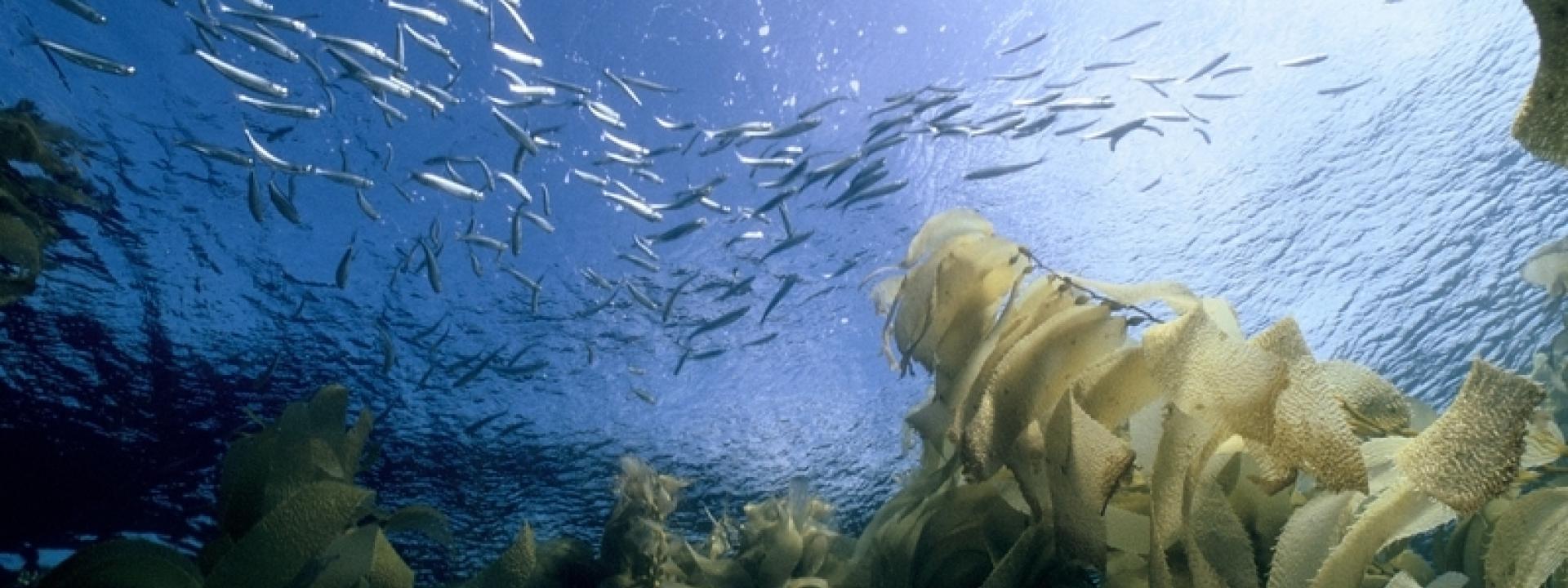Magnuson-Stevens Act
High profile fishery collapses and the creeping scarcity of marine living resources have led to regulatory limits on catch for federally managed U.S. fisheries. These species-specific catch limits are most effective when based on robust data on the reproduction thresholds of the managed species. Emerging methods for ecosystem-based fisheries management utilize thresholds to define ecosystem states and trends, and occasionally to trigger management measures. These approaches—implemented under the Magnuson-Stevens Fishery Conservation and Management Act (MSA) and its accompanying regulatory regime—demonstrate some of the most consistent use of ecological thresholds to promote sustainable use.
You can further explore how tipping points science fits naturally into existing statute- and regulation-mandated process for managing fisheries under the Magnuson-Stevens Act here. This comparison emphasizes that while tipping points concepts are not brand new to this arena, fisheries management can nonetheless benefit from more systematic incorporation of ecological thresholds into management decisions.
For more information on the ocean tipping points scientific concepts, refer to the Ocean Tipping Points Guide. Find more examples of tipping points inclusion in specific management contexts.

